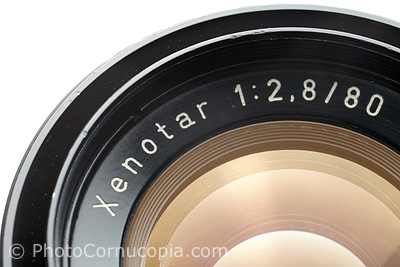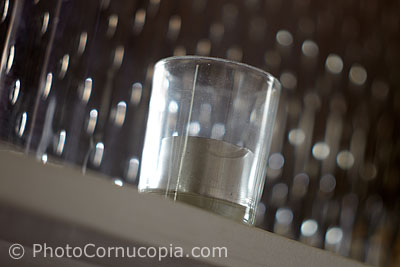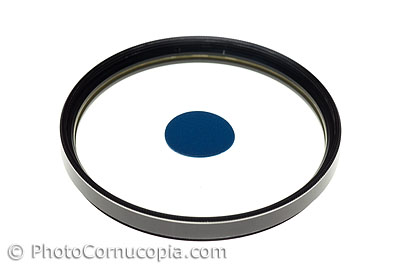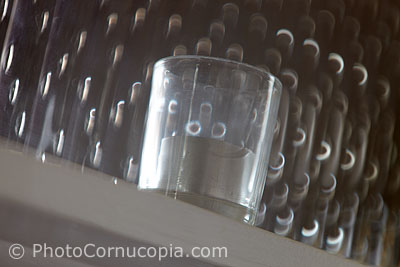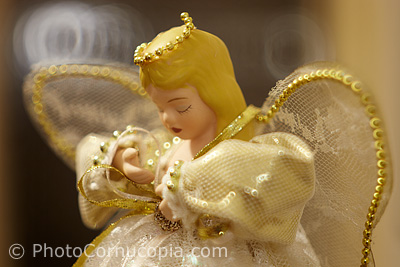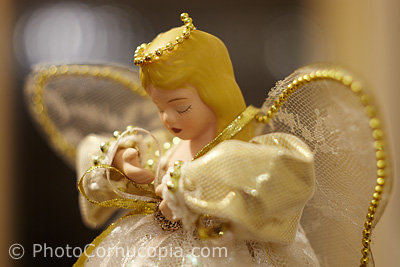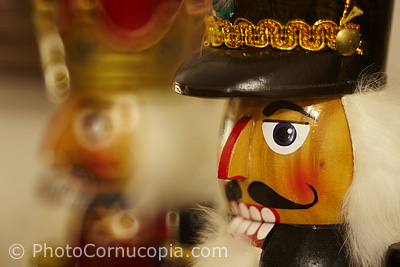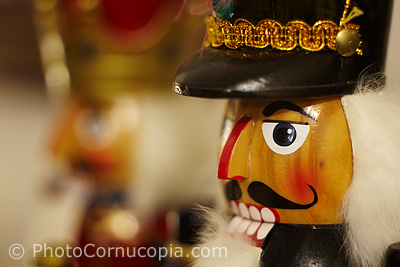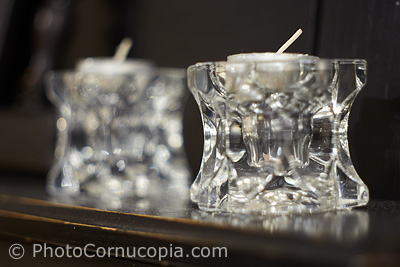|
Topic: |
Catadioptric or mirror lens Bokeh, how to create
it |
|
Author/Copyright: |
John Jovic |
Catadipotric and mirror lenses
are characterised by their harsh ring bokeh which, although not always
desirable, is a notable point of difference and can be used for creative
effect. But you don't need a 'cat' or mirror lens to achieve this bokeh
as a very similar effect can be created using a clear filter, such as
UV filter, with a 'spot' in the middle.
The spot can be made with a small round label or sticker, such as those
you'd find in any office supply store. It doesn't matter how you make
the spot as it only needs to be opaque (i.e. it blocks light totally)
and in the examples below several stickers have been placed on top of
each other to make sure they block all light. But use common sense.
Don't damage an expensive filters coatings by putting a permanent and
difficult to remove sticker on it, so use a cheap filter and/or make
sure the sticker is not 'too' sticky (the oil from your fingers and
handling could do the trick).
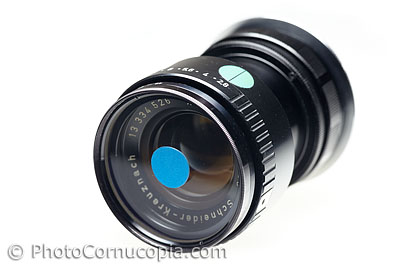 |
|
 |
|
 |
|
The lens used for these tests has a cheap filter
with a spot stuck in the middle. |
|
With a small spot in
the centre of the lens all of the bokeh is dramatically effected,
not just the highlights. |
|
This is how the bokeh
would normally look, ie without a spot filter. |
The ring effect in bright
highlights is just the most noticeable effect of a spot in a filter (and
cat or mirror lenses). However, all of the Bokeh is effected in all parts of the image so all the OOF areas will be
rendered differently and this can also be used for creative effect. In the
examples below the otherwise smooth bokeh of the test lens has been made quite harsh and
dramatic with the use of a spot filter. Harsh bokeh is often avoided and
scorned but it is just another optical quality which can be used to
great effect in the right circumstances. The important point here is
that you can control it as long as you are starting with a lens that
already has relatively normal/soft bokeh.
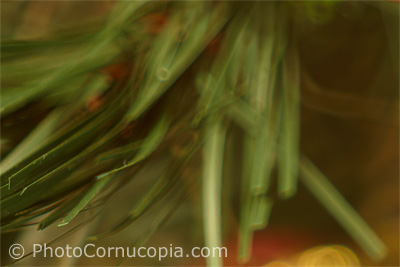 |
|
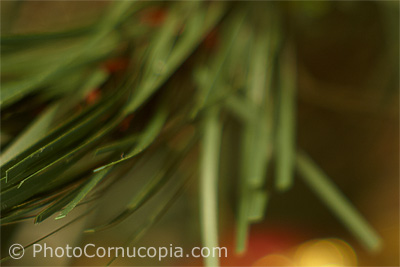 |
|
Harsh bokeh is created in the OOF areas with the spot filter. |
|
Smooth OOF areas with
no filter. |
The degree of the effect will
vary with the size of the spot and the lens used. Some experimentation
will quickly tell you what works for you and your chosen lens. If the
spot is too large then you'll soon know it as vignetting and flare will
become apparent, especially as you stop down. A small spot will permit
you to stop down to some extent before flare and vignetting become
objectionable.
Further examples are shown
below, all with and without the small spot filter.





